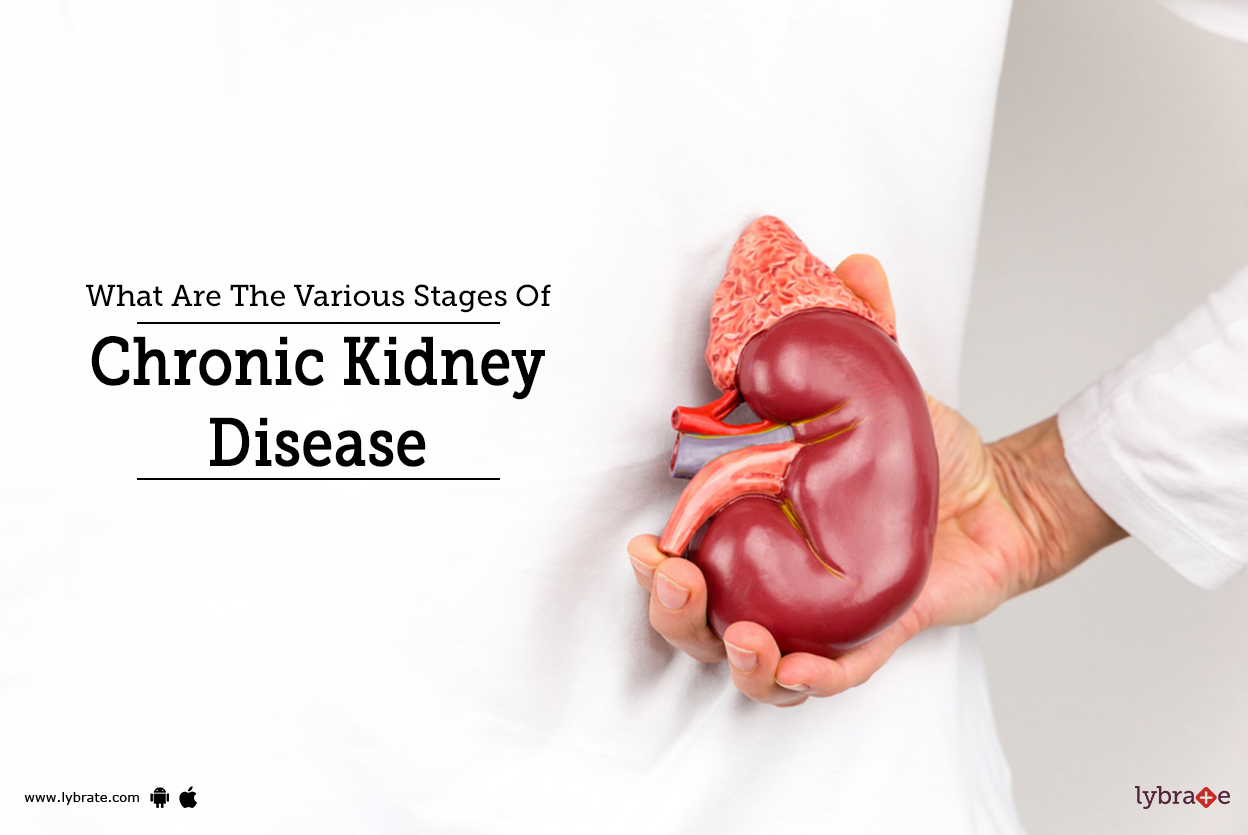What Are The Various Stages Of Chronic Kidney Disease
If there is any abnormality in the way the kidney functions or if there is something wrong with the kidney’s structure that makes it malfunction, and this problem persists for more than 3 months, a person is likely to be diagnosed with Chronic Kidney Disease or CKD.
In a person with CKD, the kidneys cannot clean the blood. The disorder can get progressively worse and reach a stage when the kidneys stop functioning altogether.
What are the various stages of Chronic Kidney Disease?
To determine the functionality of the kidneys, doctors have classified Chronic Kidney Disease into five stages. Doctors regularly perform Glomerular Filtration Rate (GFR) tests on people diagnosed with CKD to gauge how well the kidneys are filtering blood. A high number in the result indicates a well-performing kidney.
Here are the five stages of CKD based on GRF-
Stage 1
The GFR in this stage is 90 ml/min or more. This is the earliest stage of Chronic Kidney Disease. There are minor signs of kidney damage. An indicator might be the presence of protein in the person’s urine.
CKD is difficult to diagnose in this stage because even if the kidneys are not functioning at their fullest, they still do enough to evade detection.
However, if indeed your CKD is diagnosed in this early stage, you can slow down the disorder with a careful diet. Patients are advised to consume plenty of whole grains, fruits, and vegetables and limit the intake of saturated fats, sodium, and sugar.
Stage 2
The GFR in this stage can be anything between 60-89 ml/min. There will be greater amounts of urea in blood and protein or blood in the urine. Even in stage 2, CKD can be halted with a healthy diet and blood pressure management.
Stage 3
This stage is characterized by a moderate level of kidney damage. This stage is further divided into 2 sub-stages-
- GFR 45-59 ml/min – mild to moderate reduction of kidney function
- GFR 30-44 ml/min – moderate to severe reduction of kidney function
In this stage, some clear symptoms manifest such as exhaustion, bloating, abdominal pain, or muscle cramps.
Stage 4
This is an advanced stage of kidney damage. GFR rates drop to 15-30 ml/min. Toxic matters accumulate in the blood and cause uremia, hypertension, and heart and bone disorders.
Stage 5
This is the end stage of CKD when the GFR rate is less than 15 ml/min. The kidneys hardly function. There are a plethora of aggravated symptoms such as vomiting, headaches, loss of focus, change in skin pigmentation, and muscle cramps. Dialysis or kidney transplant becomes an absolute necessity.
You must pay regular visits to your doctor to keep track of the smooth functioning of your kidneys.


+1.svg)
